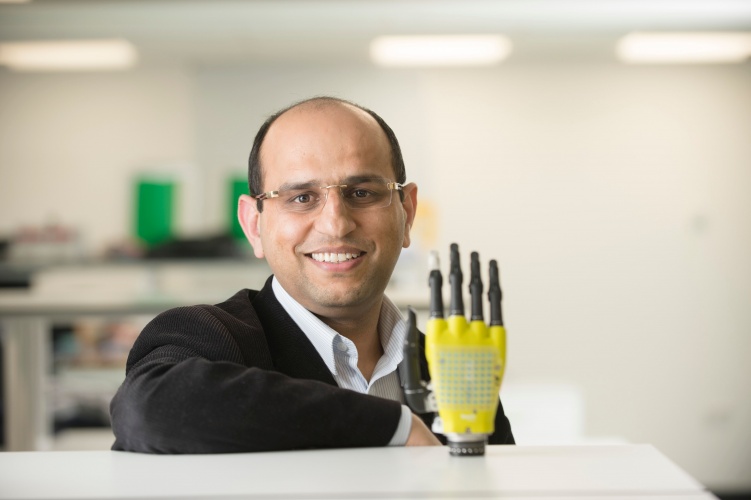Made from a graphene–graphite polyurethane (GPU) composite, the supercapacitor harvests energy from integrated flexible photovoltaic cells. According to the research, published in Advanced Science, the ‘e-skin’ device can deliver up to 2.5 volts, making it significantly more powerful than similar wearable energy storage devices. The technology builds on previous work carried out by the university’s Bendable Electronics and Sensing Technologies (BEST) research group, which saw medical sensors made using a porous foam of graphene and silver.
https://www.theengineer.co.uk/graphene-wearable-devices/
“This is the latest development in a string of successes we’ve had in creating flexible, graphene-based devices which are capable of powering themselves from sunlight,” said research lead Ravinder Dahiya, Professor of Electronics and Nanoengineering at Glasgow. “Our previous generation of flexible e-skin needed around 20 nanowatts per square centimetre for its operation, which is so low that we were getting surplus energy even with the lowest-quality photovoltaic cells on the market.”
“We were keen to see what we could do to capture that extra energy and store it for use at a later time, but we weren’t satisfied with current types of energy storages devices such as batteries to do the job, as they are often heavy, non-flexible, prone to getting hot, and slow to charge.”

According to the Glasgow team, it developed a ratio of graphite to polyurethane that provides a relatively large, electroactive surface area where power-generating chemical reactions can take place. The result is an energy-dense supercapacitor which can be charged and discharged very quickly. During lab tests, the device was cycled 15,000 times with no significant loss in performance. As well as powering the high-torque motors in a prosthetic hand, the supercapacitor was also capable of operating a string of 84 LEDs for more than a minute.
“Our new flexible supercapacitor, which is made from inexpensive materials, takes us some distance towards our ultimate goal of creating entirely self-sufficient flexible, solar-powered devices which can store the power they generate,” said Dahiya.
“There’s huge potential for devices such as prosthetics, wearable health monitors, and electric vehicles which incorporate this technology, and we’re keen to continue refining and improving the breakthroughs we’ve made already in this field.”





Glasgow trial explores AR cues for autonomous road safety
They've ploughed into a few vulnerable road users in the past. Making that less likely will make it spectacularly easy to stop the traffic for...